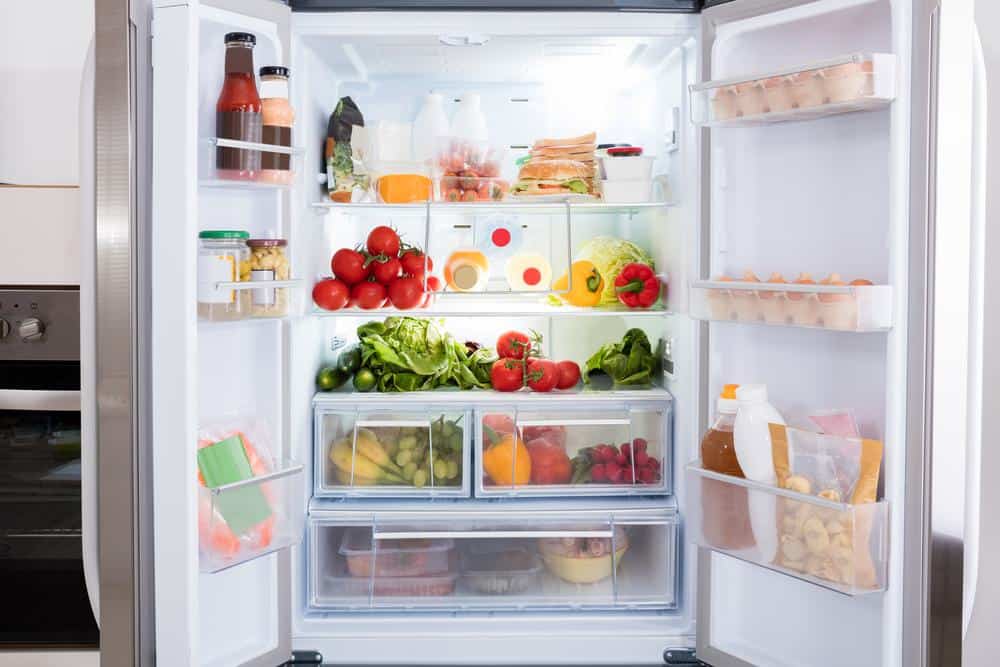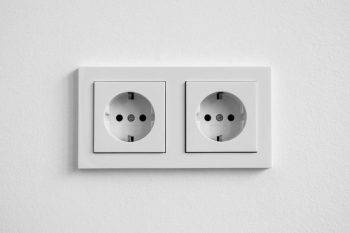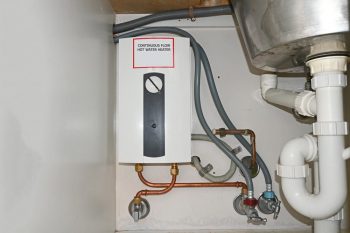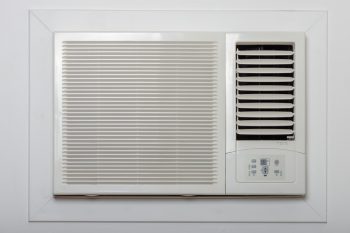
Whether you are a first-time GE refrigerator owner or have been using one for years, you might have noticed an unusual symbol appearing on your refrigerator’s display. You might have seen something that looks like “EC,” an upside-down F with a C, or something similar. It’s easy to mistake this symbol for an error code, but don’t worry, your refrigerator is not malfunctioning.
The “EC” symbol on a GE refrigerator stands for Turbo Cool (tC). It’s an indicator that the Turbo Cool setting is active, which helps to quickly cool down the refrigerator after frequent or extended door openings or when hot items are placed inside. This is not an error code and does not mean your refrigerator is malfunctioning.
Understanding the EC Symbol
The EC symbol on a GE refrigerator actually stands for Turbo Cool (tC). The Turbo Cool setting “revs up” the refrigerator, cooling it quickly after frequent or extended door openings or when hot items are placed inside. This is not an error code, and the refrigerator is functioning normally when this symbol is displayed.
The Significance of the EC Indicator
The EC indicator is essentially the Turbo Cool setting indicator. When Turbo Cool is selected, the refrigerator compressor is activated, and the fans turn on at high speed. The fans will remain on, even when the door is open. The fresh food temperature will then run on its coldest setting for an 8-hour period or until Turbo Cool is turned off, whichever comes first.
Troubleshooting the EC Symbol
If you see the EC symbol and want to troubleshoot, remember that this symbol is not an error code. However, you can try disconnecting power to the refrigerator for 30 seconds, which may clear the fault, error, or function code. If the symbol persists, it is possible that the Turbo Cool setting is still active. To turn off the Turbo Cool setting, refer to your refrigerator’s user manual for specific instructions on how to deactivate this feature.
Impact on Energy Usage and Efficiency
The EC symbol does not directly affect the energy usage and efficiency of your GE refrigerator. The Turbo Cool setting might consume more energy during its operation due to the high-speed operation of the fans and compressor, but it does not impact the overall energy efficiency of the refrigerator.
When to Seek Professional Help
While the EC symbol itself is not a cause for concern, you may need professional help if you see actual error codes on your refrigerator display, or if your refrigerator is not cooling properly even after resetting the Turbo Cool setting. In such cases, it is best to contact a certified GE Appliances technician for assistance.
In conclusion, the EC symbol on your GE refrigerator is not an error code, but an indicator that the Turbo Cool setting is active. It’s a helpful feature designed to quickly cool down your refrigerator’s interior, ensuring your food stays fresh even after frequent or extended door openings. If you see this symbol, there’s no need to worry – your refrigerator is doing exactly what it’s supposed to do.
Frequently Asked Questions
What does the EC symbol look like on my GE refrigerator display?
The EC symbol on your GE refrigerator display looks like an upside-down F followed by a C.
Can I manually turn on the Turbo Cool feature?
Yes, you can manually turn on the Turbo Cool feature. Refer to your refrigerator’s user manual for specific instructions on how to activate this feature.
Does the Turbo Cool setting turn off automatically?
Yes, the Turbo Cool setting will automatically turn off after an 8-hour period, or you can manually turn it off.
Can the EC symbol appear on all models of GE refrigerators?
The EC symbol is a feature of many GE refrigerator models, but it may not be present on all models. Always refer to your specific model’s user manual for accurate information.
Will the Turbo Cool setting freeze my food?
No, the Turbo Cool setting will not freeze your food. It simply cools the refrigerator more quickly after frequent or extended door openings or when hot items are placed inside.












